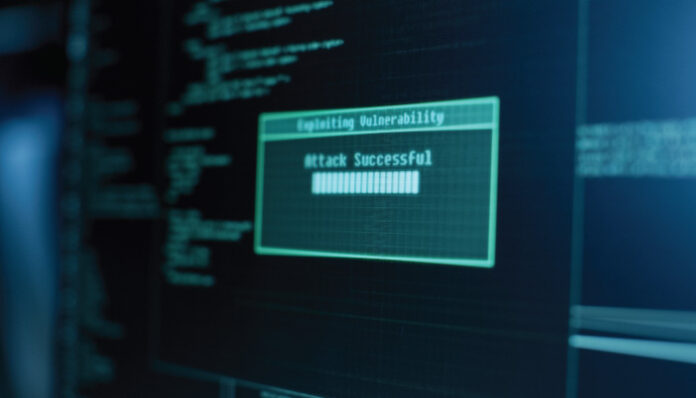Most full-blown ransomware attacks initiate when malicious attackers start exploiting a common cybersecurity mistake.
Enterprises can substantially reduce the risks of data breaches and other threats if they prevent common mistakes that lead to a serious threat. A recent report released by Microsoft titled “cyber signals report” suggests that almost 80% of the ransomware attacks were a result of small configuration errors in the applications and devices. The common errors include applications abandoned in the default state, granting user-wide access throughout the network, and unevaluated or misconfigured security posture. Cybercriminals are looking for cybersecurity mistakes to exploit the business IT infrastructure and steal sensitive information, deploy malware or take control of critical assets.
Here are a few mistakes that CISOs should be aware of to avoid to reduce the vulnerabilities and risks on the business network:
Weak credential protocols
With the increased availability of cybercrime as a service, it has become easier for cybercriminals to hack email and other business applications. The majority of the time, the threat actor gets access to the business network through a compromised system that has a weak or easy-to-guess password set to access the systems. The modern enterprise IT infrastructure has multiple applications, tools, and systems that users need access to on a daily basis to accomplish business objectives. Remembering the passwords can be challenging, which leads the users to set easy-to-guess or personal passwords. It is one of the most common cybersecurity mistakes that expose the IT infrastructure to various cyber threats and vulnerabilities. CISOs should consider setting stringent protocols to set user credentials and update them regularly to keep the business network secure.
Also Read: Four Roadblocks to Employing Password Less Authentication
Overlooking the capabilities of Multi-factor Authentication (MFA)
Cybercriminals today have become more sophisticated and are capable of even hacking difficult passwords and infiltrating the tech stack. Moreover, privileged user account credentials are sold at a substantial cost in the underground markets, which increases the ease of availability. The malicious actors can even use phishing attacks as a vector to steal confidential login credentials from the users. Many organizations fail to add an additional security layer by implementing MFA into the workflows to access the servers. It is another common cybersecurity mistake that is found in many organizations. Because adding an additional layer of security is necessary with the evolving landscape of cybercrime. SecOps teams can implement multi-factor or two-factor authentication protocols to restrict or grant access to users to minimize cyber risks.
Not patching security vulnerabilities.
One approach that cyber criminals utilize to execute a data breach and infiltrate the business network is to exploit vulnerabilities in the applications and software. Not all enterprises have SecOps work processes set to evaluate the IT infrastructure to look for new vulnerabilities in the network. They face challenges in rolling out new security patches and updates to protect their enterprise tech stack from the new risks.
Not patching the attack surface area in time is another cybersecurity mistake made by many organizations. After the identification of new vulnerabilities, SecOps teams should have effective workflows set to install a patch to minimize the risk.
Also Read: Securing IT Infrastructure from Man-in-the-Middle (MitM) Attacks
less cybersecurity awareness
Cybersecurity is not only the responsibility of the SecOps teams; rather, it’s a task that the entire workforce has to accomplish. Another common cybersecurity mistake that cybercriminals exploit is limited awareness of cyber threats in the entire workforce. CISOs should consider implementing training programs for the entire organization, irrespective of their department, to identify phishing emails and other vectors that malicious actors leverage to infiltrate the business network.
For more such updates follow us on Google News ITsecuritywire News









